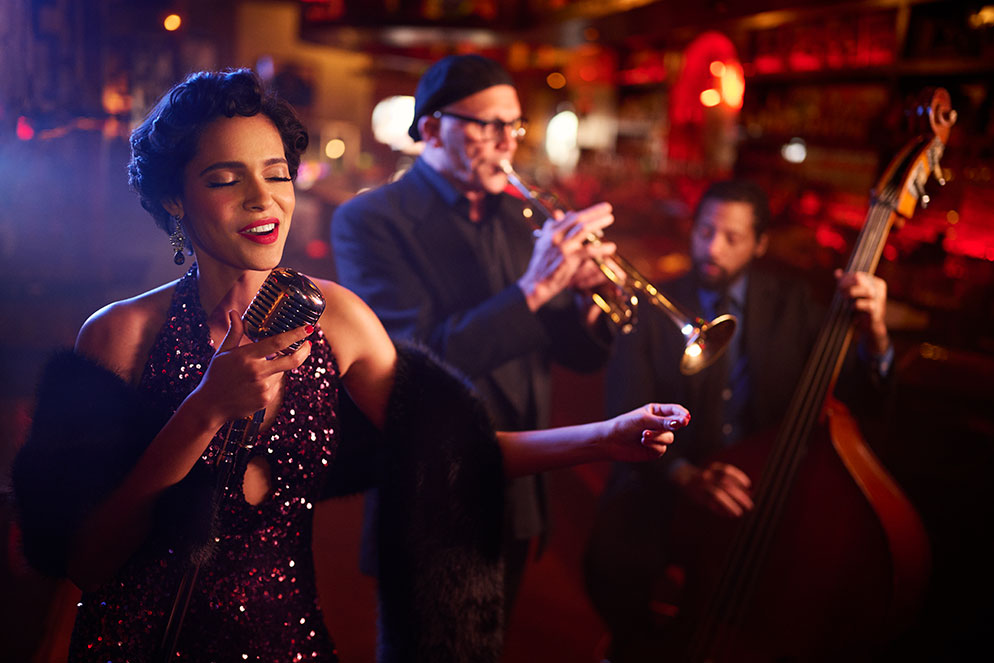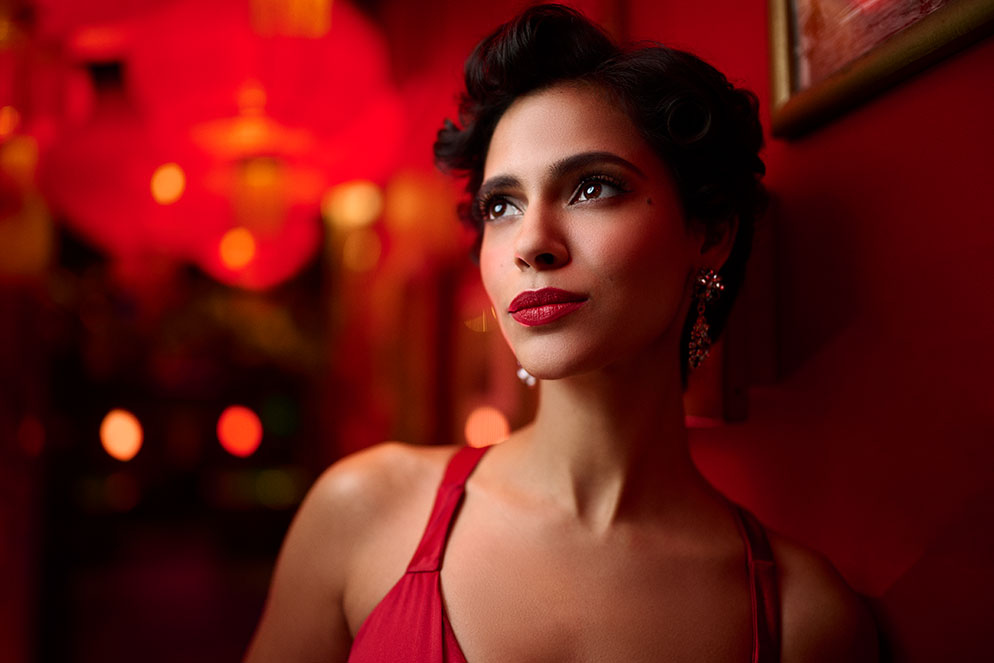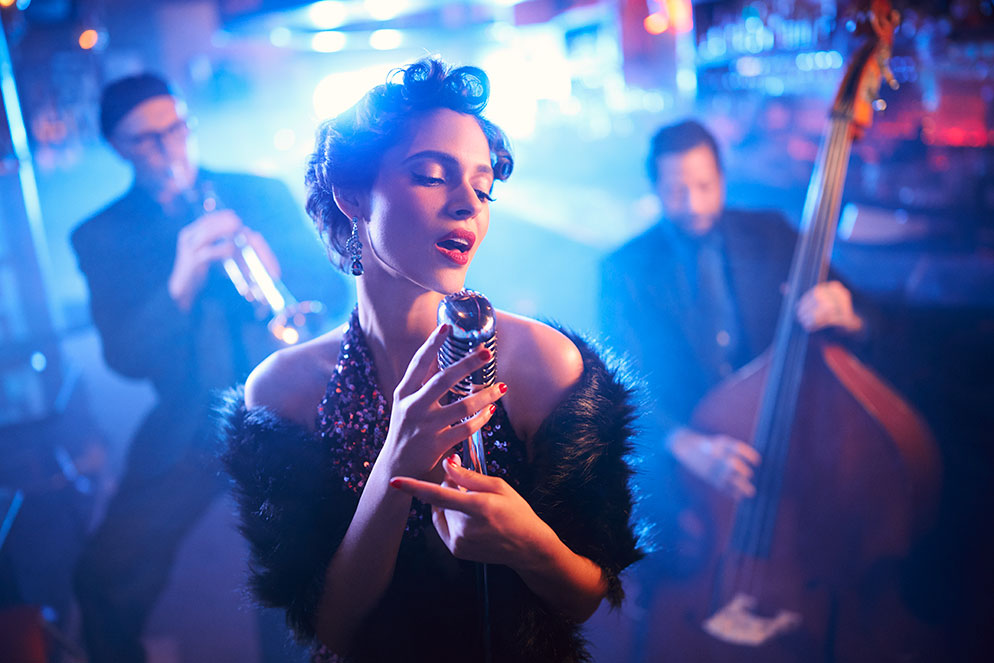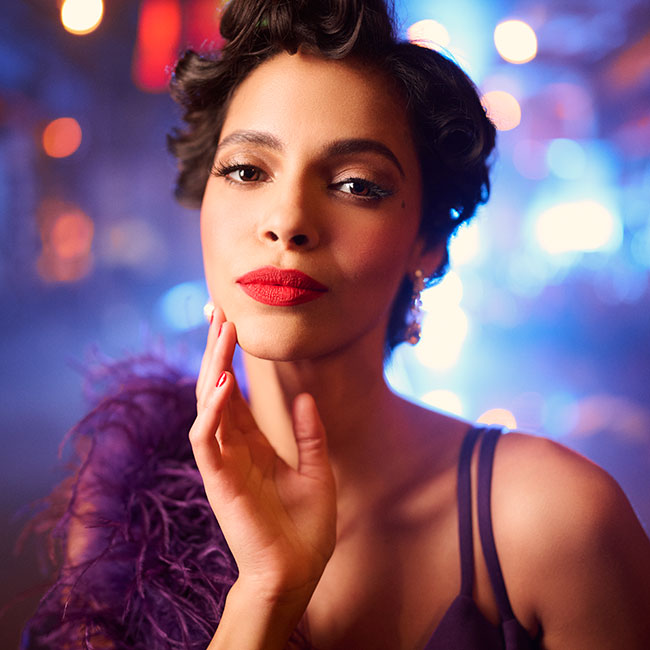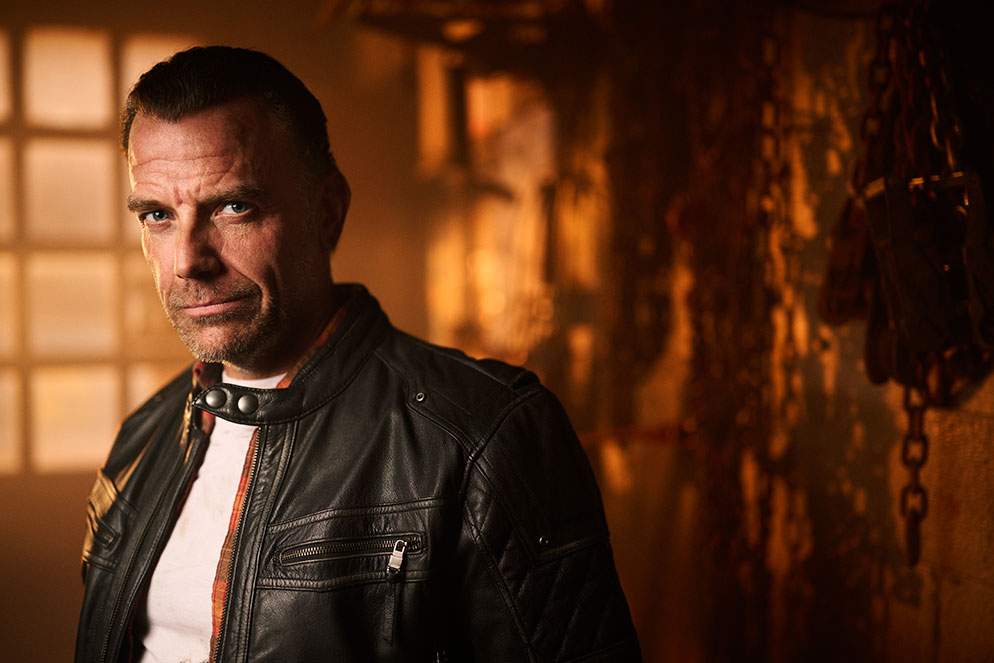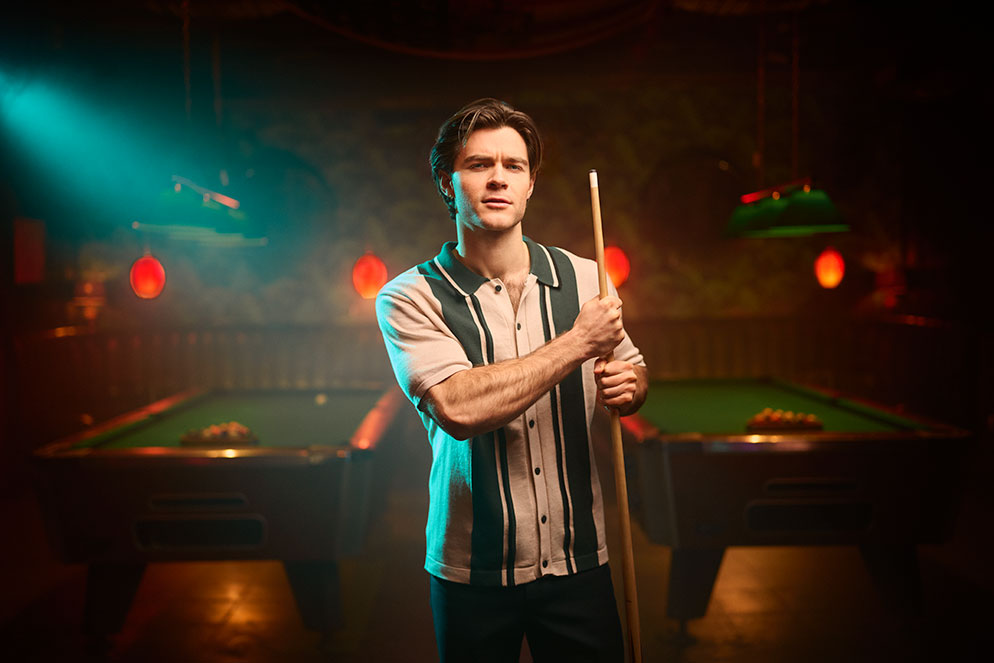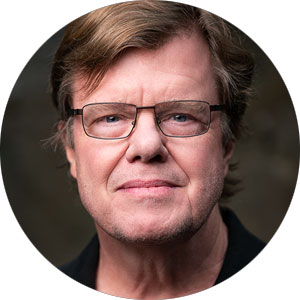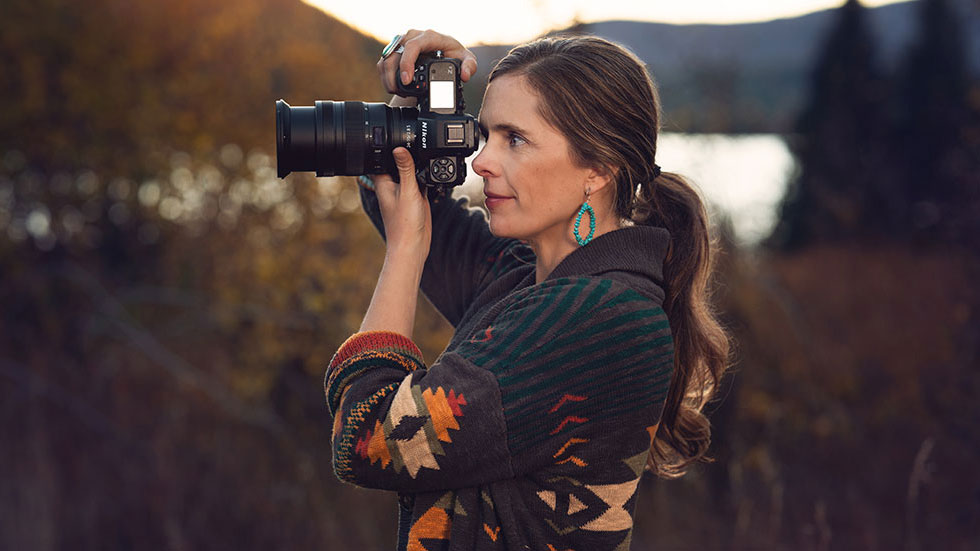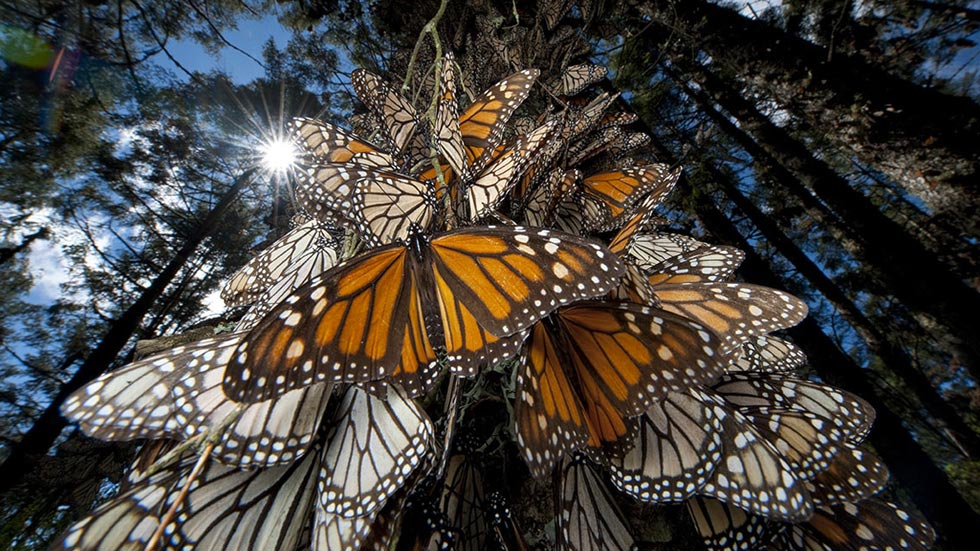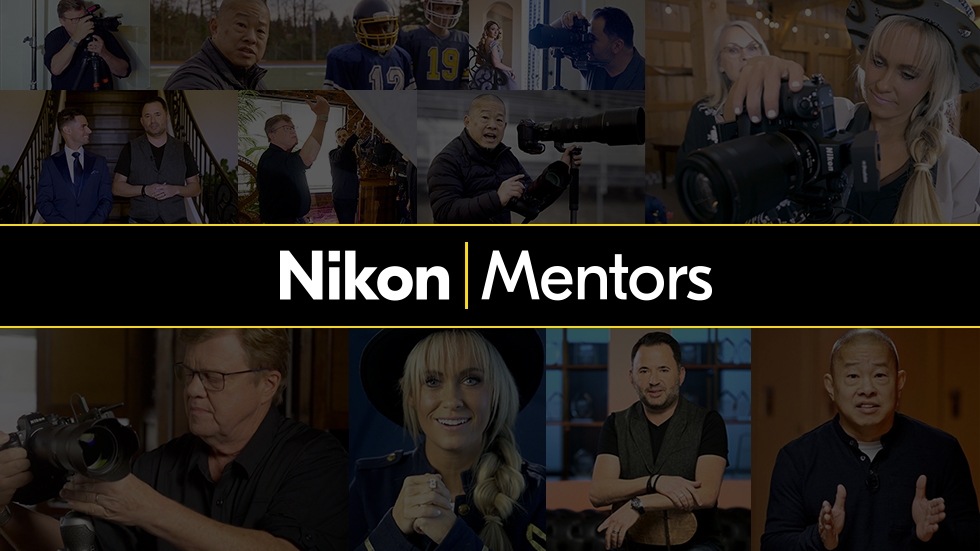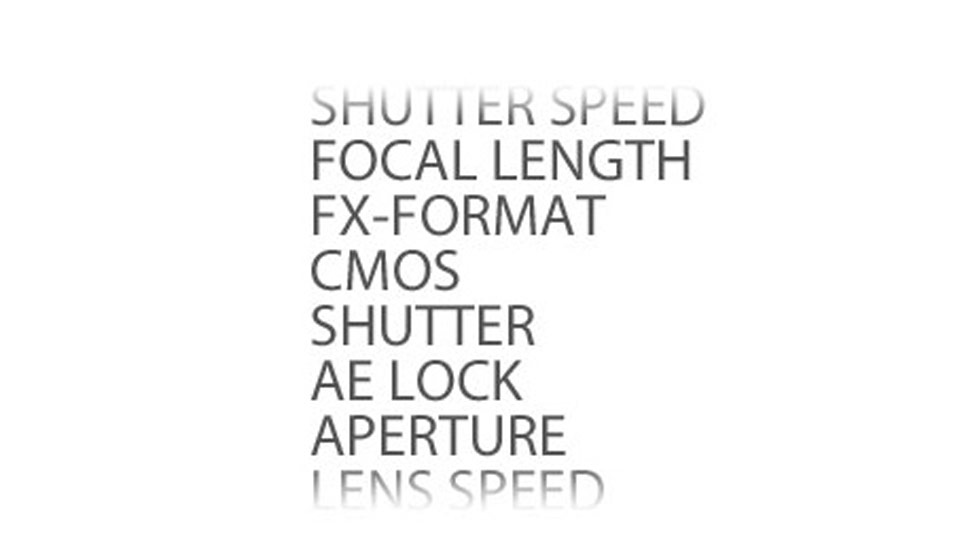NIKKOR Z 35mm f/1.2 S Joins the Nikon Mirrorless Fast-Glass Lineup
“Even at f/1.2, the 35mm has a very nice carry from critical focus to acceptable depth of field, as in this portrait,” Joe McNally says. “Her far eye is not critically sharp, but the near eye is—I was on Eye AF most of the time; small cursor area, dropped on the eye—and that quick focus drop is enough to grace the human face with a beautiful glow.” Z 9, NIKKOR Z 35mm f/1.2 S, 1/40 second, f/1.2, ISO 200, manual exposure.
There’s a lot to say about this lens (NIKKOR Z 35mm f/1.2 S) and its place alongside the 50mm f/1.2 and 85mm f/1.2 NIKKOR Z mirrorless lenses. For starters there’s the fast shutter speeds and low ISO settings the speed of the lens provides. Then there’s the overall dimensional look of its images, its beautiful focus-to-blur transition at f/1.2 and its extraordinary bokeh. We’d also like to add versatility to that list—it’s a storyteller’s walkaround lens that’ll handle environmental portraits, weddings and landscapes.
In an image that’s all about context and atmosphere, the 35mm lens at f/1.2 provided a sharp image of her face and enough detail and definition in the background to tell the story. Z 9, NIKKOR Z 35mm f/1.2 S, 1/200 second, f/1.2, ISO 800, manual exposure.
To highlight all of the above, we turned to photojournalist and Nikon Ambassador Joe McNally for his take on the 35mm f/1.2’s capabilities. Although the lens is not specifically a portrait lens, Joe’s photos here are essentially environmental portraits—in other words, storytelling images--and that’s where Joe’s photojournalistic point of view comes into the picture.
The same location as the previous photo, but a very different setup, angle and mood. “The focus on her face is excellent, and I arranged the background players to fill the space. If you want to carve out atmosphere and environment in less than ideal circumstances, f/1.2 is the way to go.” Z 9, NIKKOR Z 35mm f/1.2 S, 1/200 second, f/1.2, ISO 800, manual exposure.
As the Eye Sees It
“There is a historical continuum to a 35mm lens,” Joe says. “It’s quintessentially associated with photojournalism—think of Henri Cartier-Bresson and the decisive moment. As a storytelling lens, and for environmental portraits, the 35mm is really the sweet spot.”There’s a reason for that, and it’s human vision. “I’ve never agreed with the idea that a 50mm lens sees the world with the approximate vision of our eyes. My eyes see wider than a 50, and in terms of storytelling or environmental portraits, I’ve used a 35 as the lens I can walk the street with and then also do the ‘face in a place’ portrait.”
“I took a bit of a risk for this square format, straight-on portrait by moving in fairly close to the beginnings of distortion. The focus drop is very quick, but completely sharp on her eyes. I loved the way it faded, especially on those boa feathers on her right shoulder.” Z 9, NIKKOR Z 35mm f/1.2 S, 1/125 second, f/1.2, ISO 800, manual exposure.
Many photojournalists agree that the 35mm is the ideal storyteller’s lens— versatile, practical, maybe even career-making. “I shot for [National] Geographic for 25 years,” Joe says, “and they were not that interested in head shots or an 85mm’s view. More often they wanted the ‘face in a place,’ image. The 35mm is perfect for showing a person involved in a story. The environmental image helps the viewer establish why the person is being talked about, why the person is part of the story. Think about the shopkeeper, the cobbler, the carpenter—they might have wonderful, expressive faces, but if you frame up horizontally with a 35mm, you’re going to incorporate the whys and wherefores of their life. Getting details of the environment is essential to the story.”
And crucial to the assignment. “To get a photograph in the Geographic, it had to be informationally worthy—move the story along; it had to be pictorially successful—a good photograph; and it had to be emotionally involving—to get readers caught up in the life of the person they were seeing.”
“There’s this old garage that I pass by frequently, and I always thought it was a cool place, and prompted by this assignment, I finally walked in. I wanted to make an environmental portrait that provided hints and feelings about the place that would complement the look of the subject. I lit it to look like there was fading sunlight shining on the right of the frame.” Z 9, NIKKOR Z 35mm f/1.2 S, 1/400 second, f/1.2, ISO 200, manual exposure.
As a storytelling lens, and for environmental portraits, the 35mm is really the sweet spot.
“We had this notion of a bit of a retro thing, in the way he’s dressed and the controlled environment. At f/1.2 I got a great deal of background info—a great example of what to reveal, what you want people to see.” Z 9, NIKKOR Z 35mm f/1.2 S, 1/160 second, f/1.2, ISO 400, aperture-priority exposure.
The 35mm view gives you exactly that, along with a great deal of creative control over what you want the viewer to see, and how you want it seen. “Photographing the president of the bank in front of the building, you’re going to want to be at f/8 or f/11 because you want to see the individual and reference the institution,” Joe says. “You don’t turn the bank building into a complete blur in the background. But if you want to slice the picture down, you’ve got 2.8, 2.0, 1.4 and now 1.2, and you can exercise extreme control over what you are imparting to the viewers; in a way, it’s what you’re allowing them to see.
“I liked the fact that it was snowing, and I let the snow accumulate on him for context, to indicate that he’s into what he’s doing, staying out and shooting baskets. It was the environment improved by the weather, in a storytelling sense.” Z 9, NIKKOR Z 35mm f/1.2 S, 1/1250 second, f/1.2, ISO 80, aperture-priority exposure.
“What it all really comes down to is how much creative control you have over the situation. Photojournalists are all the time looking for context. What’s going on? Why is this person important? There are three areas to a photograph—foreground, middle ground, background. Long lenses will isolate and slice the scene into a fairly narrow view of the action at hand. That’s perfect for, say, a football game. But for street photography or an environmental portrait, you want context, and the 35mm view will give you that.”
And with it, a better, more complete story.

